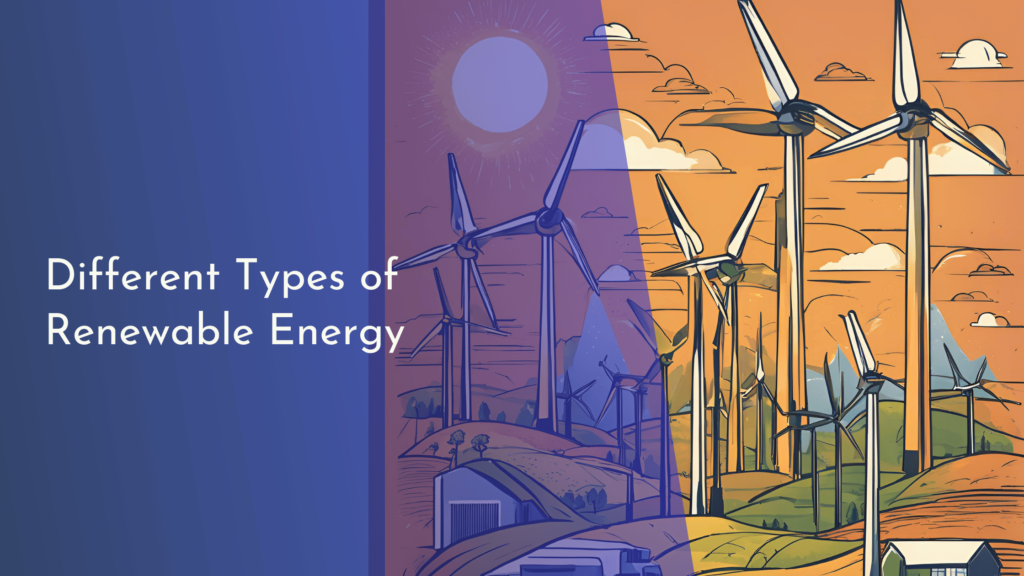Energy Crops in Marginal Lands
As the global demand for renewable energy continues to rise, the search for innovative solutions has led to the exploration of energy crops cultivated in marginal lands. These are areas that typically have low agricultural productivity due to poor soil quality, arid conditions, or other environmental factors. However, marginal lands present an untapped opportunity for sustainable energy production. By harnessing the potential of energy crops, we can not only contribute to the renewable energy landscape but also promote environmental health and biodiversity.
In recent years, energy crops such as miscanthus, switchgrass, and certain varieties of sorghum have gained attention for their resilience and low input requirements. These hardy plants can flourish in challenging conditions, making them ideal candidates for cultivation in marginal lands. By transforming underutilized spaces into productive areas for energy crop farming, we can reduce our reliance on fossil fuels while enhancing rural economies and creating more job opportunities in the agricultural sector.
Discovering the Potential of Energy Crops in Marginal Lands
Energy crops represent a promising solution for transforming marginal lands into productive ecosystems. These crops are specifically chosen for their ability to thrive in less-than-ideal soil and climatic conditions, often requiring minimal inputs in terms of water, fertilizers, and pesticides. This resilience makes them particularly suitable for areas that are not conducive to traditional agricultural practices. By cultivating energy crops on marginal lands, we can enhance the overall productivity of these areas while simultaneously providing a renewable source of energy.
Moreover, the use of energy crops can help mitigate the effects of climate change by sequestering carbon in the soil and reducing greenhouse gas emissions. When used for bioenergy, these crops can replace fossil fuels, contributing to a decrease in our carbon footprint. The strategic development of energy crop systems on marginal lands can thus play a significant role in achieving sustainable energy goals while simultaneously reviving degraded landscapes.
How Energy Crops Boost Biodiversity and Soil Health
One of the significant advantages of planting energy crops in marginal lands is their potential to enhance biodiversity. These crops can provide habitats for various wildlife species, including pollinators, birds, and small mammals. By creating a more diverse ecosystem, energy crops can help restore ecological balance and increase the resilience of local environments. This biodiversity is crucial, as it supports food webs and contributes to the overall health of ecosystems.
In addition to fostering biodiversity, energy crops can improve soil health. The deep root systems of many energy crops help to stabilize the soil, reduce erosion, and enhance water retention. This is particularly important in marginal lands, where soil degradation can be a significant concern. By improving soil structure and fertility, energy crops can promote a more sustainable agricultural practice that benefits both the environment and local farmers, ensuring that these lands remain productive for generations to come.
Sustainable Practices: Cultivating Marginal Lands for Good
To maximize the benefits of energy crops in marginal lands, sustainable agricultural practices must be implemented. This includes crop rotation, cover cropping, and the use of organic fertilizers, which not only enhance crop yields but also minimize negative environmental impacts. By adopting these methods, farmers can maintain soil fertility and promote a healthier ecosystem while cultivating energy crops. These practices can also lead to improved water quality and reduced runoff, further benefiting the surrounding environment.
Collaboration between farmers, researchers, and policymakers is essential to develop best practices for energy crop cultivation in marginal lands. Education and training programs can empower farmers to adopt sustainable techniques, ensuring that they can optimize the productivity of their lands. As more stakeholders recognize the value of marginal lands for energy crop production, we can work together to create a sustainable future that supports both renewable energy and environmental conservation.
The Future of Renewable Energy from Unused Land Resources
The potential of energy crops grown in marginal lands is vast, and the future looks promising for this innovative approach to renewable energy. As technology advances, we can expect improvements in crop varieties that are even more resilient and efficient. Investing in research and development will be key to unlocking the full potential of these crops, leading to more effective cultivation methods and better energy yields.
Moreover, as public awareness of sustainability grows, there will likely be increasing support for initiatives that promote energy crops on marginal lands. By harnessing unused land resources, we can not only contribute to cleaner energy production but also address issues related to food security, rural development, and climate change. The future of renewable energy is bright, and with the continued exploration of energy crops in marginal lands, we can pave the way for a more sustainable and prosperous tomorrow.
In conclusion, energy crops cultivated in marginal lands represent an exciting opportunity for sustainable energy production while promoting environmental health and biodiversity. By embracing innovative farming practices and fostering collaboration among stakeholders, we can transform these underutilized areas into productive ecosystems that contribute to renewable energy goals. With the right approach, marginal lands can become valuable resources for both energy generation and ecological restoration, ensuring a brighter future for our planet and its inhabitants. Together, let’s harness the potential of energy crops to create a cleaner, greener world!


